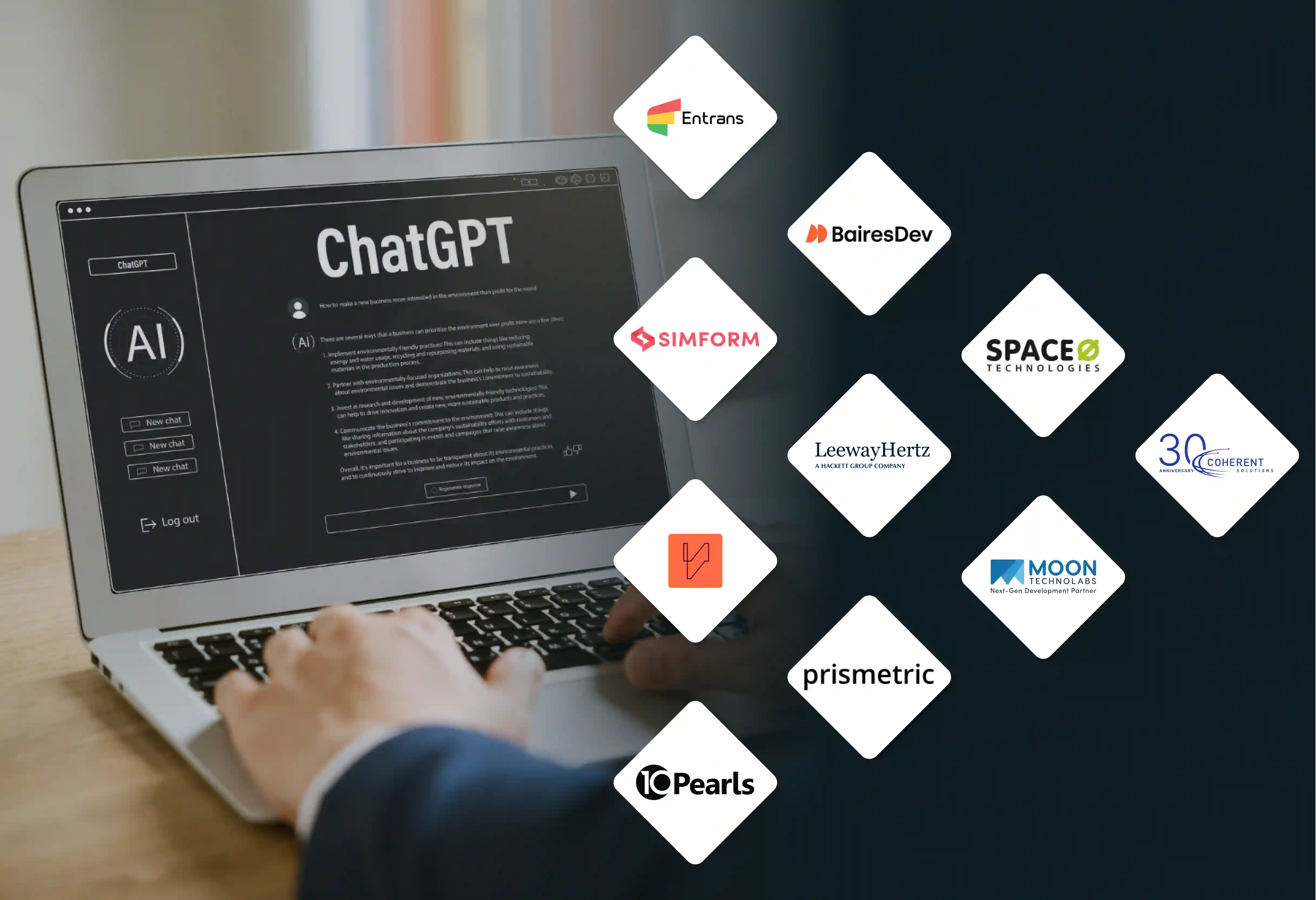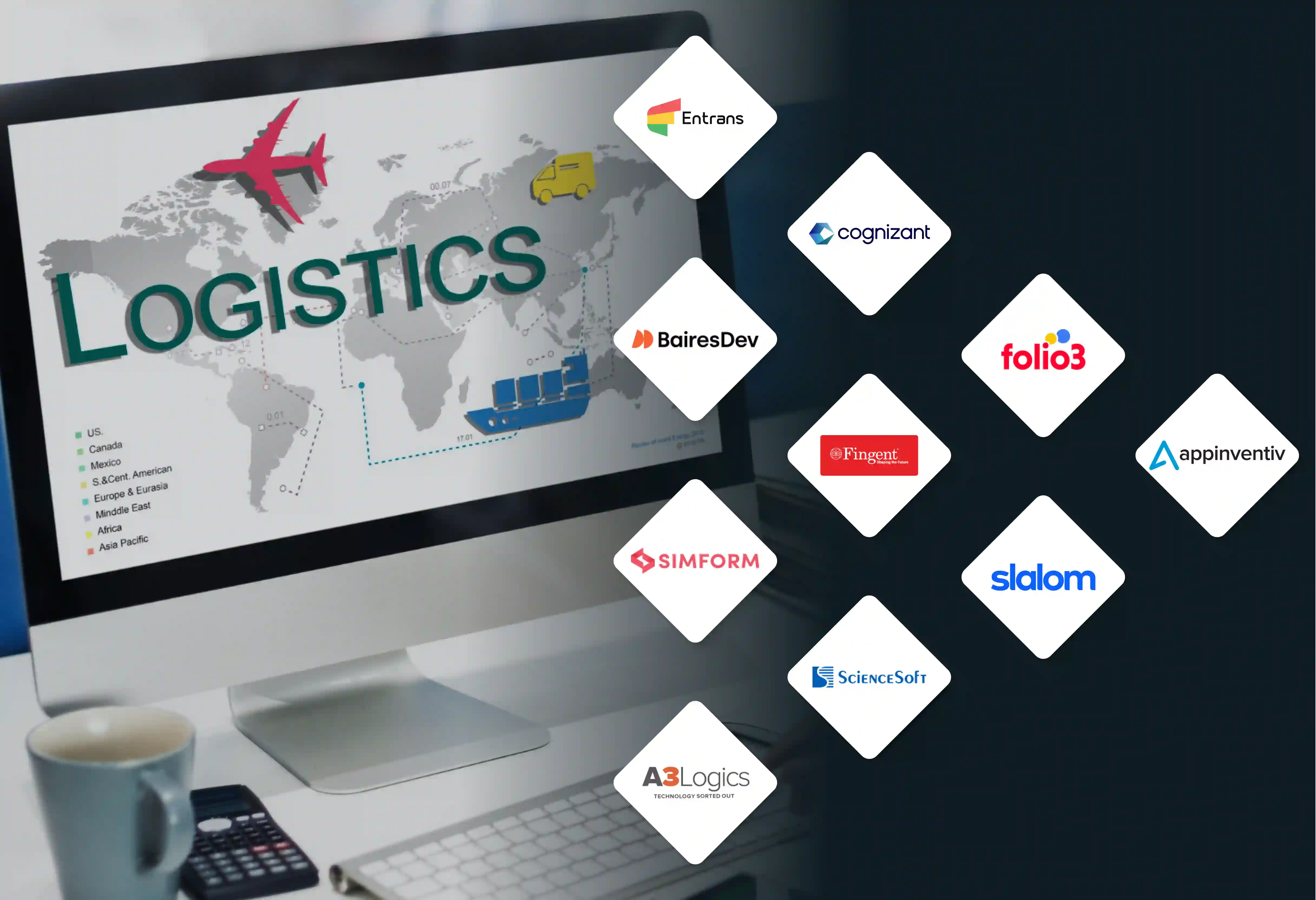


With the right steps and approach to your ML model in production - you can create a machine learning model for predictive analysis, spotting trends and even issues in real-time.
And in this post, we’ll cover how…
Machine learning (ML) deployment is the process of integrating a trained machine learning model into a production environment where it can make predictions and assist with decision-making.
This step moves the model from a controlled testing phase into real-world applications. It involves various stages like preparing data, training models, packaging them, and setting up the necessary infrastructure to make them accessible to users. Effective deployment ensures that models are not only functional but also scalable and reliable.
Key Considerations for ML Deployment:
Data preprocessing is the foundation of any successful machine learning model. This step involves organizing and refining raw data to make it suitable for training. Without clean and accurate data, the model’s predictions may be unreliable. Key tasks in this phase include removing duplicates, handling missing values, and transforming data into the required format. Properly prepared data ensures the model can learn patterns effectively.
Important Steps in Data Preparation:
Training a machine learning model involves feeding it prepared data so it can learn patterns and relationships. This phase is crucial for building a model that can generalize and make accurate predictions. Choosing the right algorithms and tuning their parameters can significantly impact the model’s performance. After training, the model’s accuracy is tested using unseen data.
Factors to Consider During Training:
Model packaging involves converting the trained model into a format that can be deployed in a production environment. This step ensures compatibility with the chosen deployment platform and allows for easier integration with applications. Tools like Docker can be used to package models along with their dependencies, creating a portable solution that can run anywhere.
Key Packaging Considerations:
Choosing the right infrastructure is essential for deploying machine learning models. Cloud platforms like AWS, Azure, and Google Cloud offer scalable resources to support models in production. These platforms provide tools for hosting, managing, and scaling machine learning applications. Setting up involves selecting appropriate compute resources, storage, and networking configurations.
Things to Keep in Mind:
A deployment pipeline automates the process of moving a model from development to production. This pipeline ensures that the deployment is consistent, repeatable, and efficient. It often includes stages like testing, packaging, and deployment. Well-designed pipelines reduce errors and speed up the time to market.
Steps in Building a Deployment Pipeline:
Testing is a critical step in ensuring that the deployed model performs as expected. This phase involves evaluating the model’s accuracy, speed, and reliability in a production-like environment. Testing helps identify potential issues before the model is exposed to real-world data and users. Both functional and stress tests are essential to validate the model’s readiness.
Types of Testing:
Once the model is live, ongoing monitoring is essential to ensure it continues to perform well. Changes in input data, user behavior, or other environmental factors can affect the model’s accuracy over time. Regular updates and retraining may be required to keep the model relevant and reliable.
Key Aspects of Monitoring and Maintenance:
Data Quality Issues
Poor data quality is one of the most significant hurdles in deploying machine learning models. Inconsistent or incomplete data can lead to inaccurate predictions and unreliable outcomes. This issue often stems from poorly managed data collection processes or inadequate preprocessing. Ensuring that data is clean, well-structured, and relevant to the model’s purpose is essential for optimal performance.
Scalability
Ensuring that machine learning systems can handle growth is a complex but essential aspect of deployment. As user demand increases or datasets grow, the system must adapt without compromising performance. Planning for scalability involves selecting the right infrastructure and designing flexible architectures.
Integration with Existing Systems
Aligning machine learning models with current workflows and systems can be challenging. Compatibility issues, technical constraints, and resistance to change are common roadblocks. Proper planning and communication can ease this integration process.
Security and Privacy Concerns
Protecting sensitive data and ensuring compliance with regulations are critical in machine learning deployment. Breaches can harm user trust and result in legal consequences. Adopting robust security measures is essential to safeguard data and the model itself.
Why Choose Entrans to Help You Deploy Your Machine Learning Model?
Entrans is a company that specializes in generative AI, cloud engineering, data engineering and even resolving issues with our team of quality engineers. The reality is to deploy a machine learning model you need to clean, validate your data, and make sure that the logic behind the ML model makes sense. Most important, however, since our team is equipped with a broad skill set and has worked with Fortune 500 companies. With our skill set, we know which environment and language would be the best solution for your model and how you can best develop it and save time in the process. Want to know know more? Book a free 30-minute consultation call now!






